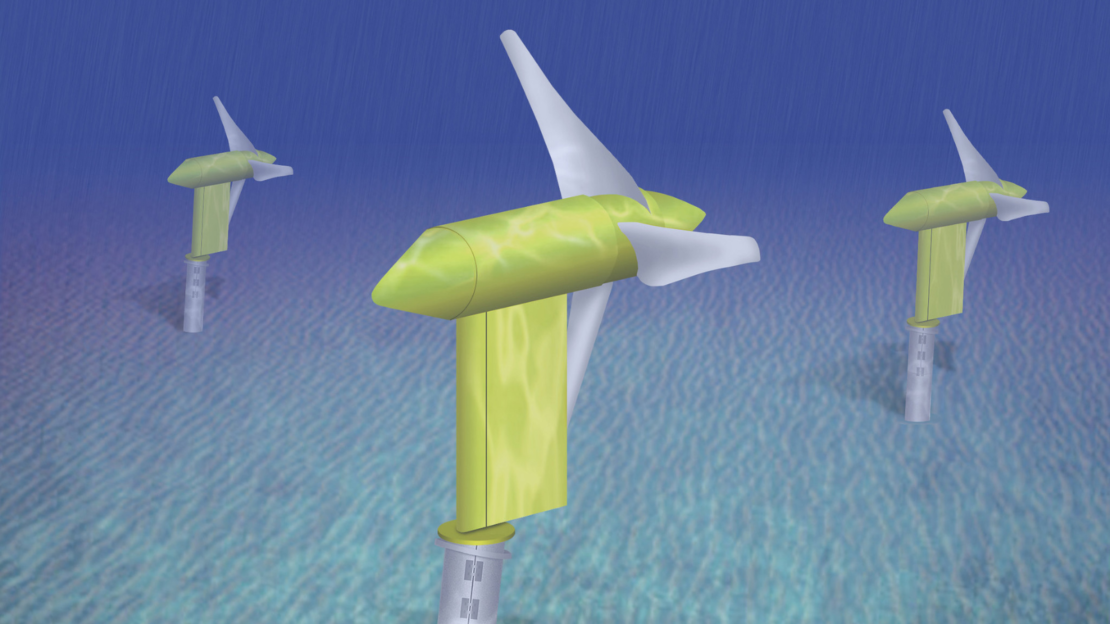Wind turbines have become a familiar sight in the modern renewable energy landscape. Now, a lesser-known but equally promising technology is making waves—underwater turbines. Also known as tidal or marine current turbines, these devices harness the predictable power of ocean currents and tidal flows to generate continuous electricity, offering a reliable alternative to wind and solar power.
In this article, Tim Benson, Chair of Powerful Thinking, shares his expertise on the mechanics, advantages, and challenges of tidal energy:
“By now, we are all familiar with the wind turbine, probably one of the most visceral landmarks in the contemporary renewable energy landscape – they are like Marmite, you either love or hate them!
Cue the underwater turbine, also referred to as tidal or marine current turbines, designed to harness the kinetic energy produced by currents or tidal flows and convert this into electricity. As the flow of the water passes the turbine blades, they rotate, driving a generator which in turn produces electricity, enabling a continuous electrical output day and night.
Technically, they are very similar to wind turbines. Their blades connect to a rotor shaft and then to the generator itself via a flexible coupling and gear box, all of which is housed in the nacelle. Depending on the conditions, different turbine axis configurations can be used, the most common of which is the horizontal axis variant, but vertical axis solutions are also available. Other variants include ducted or open rotors and the use of concentrators, essentially shrouds, used around the blades to concentrate water flows towards the rotors.
There are two principal categories for tidal power, tidal stream systems that rely on the fast flow of water through turbines, and tidal range systems, which capture the potential energy difference between high and low tides.
Unlike wind and solar, tidal energy is not affected by prevailing weather conditions. Instead, tidal flow is caused by gravitational interactions, which are predictable and infinite, making tidal power a most reliable energy generating solution.
The relatively high density of fast underwater currents compared to wind, often magnified by sub-surface topological features such as headlands, inlets and straits, means their blades can be more compact and turn more slowly, whilst still generating a high energy output.
However, as with so many renewable projects, there is always a price to pay for what, on the surface, seems like a relatively benign form of energy generation. In the case of the underwater turbines, extremely high installation and maintenance costs are often cited as major issues, together with regulatory hurdles for securing permits. Of greater concern, is the potential impact of their often-invasive construction on marine ecosystems, something which is as yet not fully understood.
For the time being, the principal value of this kind of energy generation will centre on its ability to support the UK’s broader ambitions of increasing the overall percentage of renewables that contribute to our energy mix. However, on the day of writing this, the National Grid data suggests that hydroelectric power is contributing only 0.4% (0.13GW) to our total generation, so there’s still a long way to go!
This article originally appeared in our March 2025 Vision for Sustainable Events newsletter. Sign up to receive monthly event sustainability news, case studies and guest blogs direct to your inbox.

